The Fitbit Flex (left) or Jawbone UP?
Fitness enthusiasts and techies may have already heard of the fitness bracelets that hit the sunny shores of Singapore this year – the Jawbone UP and Fitbit Flex. One of my New Year resolutions for 2013 was to exercise more and get more active, so when the Jawbone UP and Fitbit Flex arrived in Singapore, I had to check them out.
Both bracelets are essentially fitness trackers, which claim to be able to track the number of steps you take a day, as well as log your sleep. The question is: which of the two fitness trackers takes the cake? I spent about two weeks wearing both of them, and here’s the lowdown.Price: Winner – Fitbit Flex. Jawbone – 0, Flex – 1
The Jawbone UP costs a hefty S$189.90, while the Fitbit Flex goes for S$129.
The Flex wins for being more affordable, obviously.
Appearance: Winner: Jawbone UP. Jawbone – 1, Flex – 1
The UP is definitely more stylish than the Flex. My black UP, together with the silver elements of the button and the cap, make for a very classy combination. Plus, the ridges on UP band definitely contribute to the cool factor. There is no clasp on the UP, so you can simply slip it on like a bangle of sorts.
The Jawbone UP has a stylish appearance, and the silver accents are a nice touch.
The Flex is much plainer, and reminds me of a watch – it has a strap with a clasp, which can be annoying and difficult to put on. There is a clear plastic “screen” on the Flex that allows you to see the indicator lights.
The Flex has a watch-like clasp and is less showy than the UP.
The UP takes the point for appearance, hands down.
Ease of Use: Winner – Jawbone UP. Jawbone – 2, Flex – 1
Operating the UP band is very simple. A long press on the silver button at the end changes the mode from Active to Sleep, or vice versa. Two quick presses and one long press gets you into Power Nap mode, and one quick press and one long press starts the stopwatch function, which allows you to log a timed activity.
The stopwatch function can be useful for logging exercises other than jogging or running.
Double tapping the sensor on the Flex brings up the indicator lights which flash to show you how much of your goal you’ve achieved. The pain in the neck for me is changing from Active mode to Sleep mode and vice versa – you have to tap rapidly approximately 5 times on the sensor to switch modes.
I’ve found that half of the time, the sensor doesn’t pick up my attempts at switching modes and I am left tapping frustratedly in order to get the modes to change. It gets very annoying.
The UP’s tracker is non-removable and embedded within the band, whilst the Flex’s tracker is removable. Both trackers are water resistant and can be worn in the shower, but the Flex irks me because moisture can get in between the tracker and the band, and the resulting condensation tends to mist up the clear plastic screen.
The Flex tracker is removable from the band.
I regularly remove the tracker from the band after a shower to let the band air out and dry, especially since I suspect that leaving the tracker in with moisture over a prolonged period of time could encourage the growth of mould or bacteria around the corners of the plastic screen.
The UP does not have this problem as it is fully sealed and dries quickly.
The UP also seems more durable than the Flex. After two weeks of wear, I’ve noticed scratches around the plastic screen of the Flex and as well as around the band. The UP however, looks more or less good as new.
The UP takes the point for this round.
Connectivity: Winner – Fitbit Flex. Jawbone – 2, Flex – 2
The UP does not have wireless syncing, which can be a pain. It syncs via a 3.5mm jack which is usually concealed by the silver Jawbone cap. This means you have to physically plug into your phone or iPad, which can be troublesome and may turn some people off. Plus, you’re screwed if you lose that tiny silver Jawbone cap – it’s not so fun walking around with the UP when the jack is visible.
Removing the silver Jawbone cap reveals the 3.5mm jack used to sync the UP.
The Flex however, can sync to your smartphone wirelessly via Bluetooth, which makes it convenient whenever you want to check on your progress for the day. It is also possible to set the band to sync automatically after a set period of time.
The Flex wins this round for its wireless connectivity.
Display: Winner – Fitbit Flex. Jawbone – 2, Flex – 3
Simply put, the UP has no display to show you your activity or sleep goals. Zilch. Nada. Zero. Unless you plug it into your mobile device, you have no way of knowing how many steps you’ve taken thus far. When you wear it, it is merely a tracking device and offers no feedback. The indicator light only serves to show which mode you are in.
The Flex has five indicator lights, with each light displaying how much closer you are to your goal. While it does not display exact stats, the rough gauge is helpful in informing you how much farther you are from your goal.
The Flex has indicator lights to show you how much of your step goal you’ve achieved. Here, one indicator light indicates that the steps tracked thus far are between zero to 20 percent of the step goal.
Flex wins for having a display, since the UP does not even have one to begin with.
App: Winner – Jawbone UP. Jawbone – 3, Flex – 3
I absolutely love the Jawbone UP app. Available for both the Android and iOS platforms, the UP app has simple, colourful visuals that are pleasant to the eye.
The UP app offers health tips catered to your activity and sleep logs, which are both interesting to read and rather useful. Your activity and sleep logs appear on your dashboard as a sort of feed, and tapping on any of the respective logs pulls up the information in detail.
For example, a typical activity log would show you the number of steps you’ve taken, as well as your resting and active calorie burn and your total active and idle time.
The activity interface on the UP app.
The sleep log shows you how long you’ve taken to fall asleep, your deep and light sleep hours and other information.
The sleep interface on the UP app.
What I really like about the UP logs is that I can track my activity or sleep on a minute-by-minute basis by swiping my finger over the bar chart at the top. I can see the exact time I woke up in the middle of the night, for example, or the times when I was most active during the day.
The food logging portion on the UP is also a pleasure to use, with stunning photographs and visuals and an easy logging method by narrowing down the database of food into broad categories like fish and cereal.
The food logging interface of the UP app.
The Fitbit app, also available for Android and iOS, has a more minimalistic feel to it. The main dashboard merely displays the number of steps taken, distance traveled, calories burned and the total sleep time.
The main dashboard interface of the Fitbit app.
More information about each category can be displayed by switching the dashboard view, but unlike the UP, it isn’t able to provide information down to the minute. The bar chart displayed merely provides a rough outline of how your activity or sleep had been.
The sleep interface of the Fitbit app.
Food logging for Fitbit also requires you to trawl through a database to find the food you want to log, which can be tiresome.
Once again, the UP takes the point for its visual, easy to use and aesthetically pleasant app.
Step tracking: Winner – Jawbone UP. Jawbone – 4, Flex – 3
Over the two week period that I’ve used both fitness trackers, the Flex tends to track over a hundred steps more than the UP, sometimes even up to three hundred steps more.
Both trackers claim that step tracking is done by motion sensors, and tracks your steps when you’re walking by the subtle movements of your arm.
I tested the accuracy of both trackers by wearing them while I was working at a desk. When I synced both bands an hour later, the Flex band tracked 13 steps, whilst the UP did not track any activity. This might show that the Flex has a more sensitive tracker, but there is a possibility that it might just be over-tracking the number of steps you take.
Then again, it is probably very hard to determine the exact accuracy of both trackers since it’s difficult to track the exact number of steps it logs versus the number of steps you’re taking.
The UP also has an edge over the Flex since you can set the UP to vibrate after a certain amount of time you’ve been idle, thus reminding you to get up and be a little more active.
In my experience, the UP seems to be more accurate, and thus wins this round.
Sleep tracking and features: Winner – Jawbone UP. Jawbone – 5, Flex – 3
The UP tracks my deep and light sleep periods and the number of times I’ve woken up. It seems to be pretty accurate when tracking the number of times I’m awake so far. When I switch the UP into sleep mode, it also tracks the amount of time I take to fall asleep, which is pretty awesome.
Another great feature is the Smart Alarm function, which wakes you up silently by vibrating on your wrist within a 20-minute window before your preset alarm. The UP basically senses when you’re in the light sleep period and sets the vibrating alarm off, preventing you from being disrupted when you’re resting in deep sleep.
The Power Nap function is also pretty cool. Set the maximum amount of minutes you want to nap for, and the UP calculates the optimum amount of nap time you can get and wakes you up after with its vibrating alarm.
The Flex works in a similar way, but does not track deep and light sleep, instead tracking your ‘restless’ and ‘awake’ periods as mentioned earlier.
My experience with the Flex has been generally off. It has consistently been tracking a large number of “awake” times, and one night it tracked that I woke up 17 times in one night. That definitely did not occur. When I set the Flex to sleep mode, it tracks all of my movement when I’m still awake as “restless” sleep instead of “awake”, which makes no sense.
The alarm for the Flex is unlike the Smart Alarm the UP has. It merely vibrates on your wrist at the specified time.
The UP wins this one.
Battery Life: Winner – Jawbone UP. Jawbone – 6, Flex – 3
The UP supposedly has a battery life of 10 days, according to Jawbone. Most of the time I get about eight to nine days of usage on a full charge.
The Flex supposedly has a battery life of five to seven days, but it averages around six days when I use it.
In my experience, the UP has better battery life, probably because it does not drain as much battery since it has no wireless sync.
The UP also charges more quickly than the Flex, taking about slightly more than an hour while the Flex takes closer to one and a half.
Both trackers charge via a USB charger.
The USB charger for the UP band.
The USB charger for the Flex tracker.
Comfort: Winner – Fitbit Flex. Jawbone – 6, Flex – 4
The UP comes in three sizes, small, medium and large. A guideline is provided on the Jawbone site to determine which size you can get. Make sure the UP fits your wrist, otherwise it can get a little cumbersome when typing and sometimes snags against other things.
The Flex is definitely more comfortable, as you can adjust the band to a comfortable length on your wrist via the clasps. It comes with both a small and large band, so you can pick which one fits better. Once it’s on, you hardly notice that it’s there.
Flex takes the point for comfort.
Compatibility: Winner – Fitbit Flex. Jawbone – 6, Flex – 5
Both the UP and the Flex claim to be compatible with iOS and Android. What is annoying is that both bands are only compatible with certain Android devices (read: mostly Samsung smartphones).
The UP is not compatible with my HTC One X, which means that plugging the UP into my phone does not sync the band. I work around this by plugging it into my iPad instead.
The Flex is also not compatible with my HTC. The Flex however, does come with a wireless dongle which you can plug the UP into your laptop. When your Flex comes into 20 feet of the dongle, it syncs automatically and updates the app. You can also log more detailed information online at the Fitbit website, including BMI, glucose and blood pressure.
The Flex comes with a wireless dongle to sync to your laptop or computer.
The Flex wins for its ability to sync via laptop, iOS and selected Android devices, as opposed to UP which cannot sync to a computer.
You can also access your Flex data on the Fitbit.com website.
Food, glucose, BP logging and so on can also be done on the Fitbit website.
Verdict:
WINNER: Jawbone UP
On the whole, I find that wearing fitness trackers does remind me to stay active. For example, I try to take the stairs instead of the escalator at the train station so that more steps can be logged to try and reach my step goal.
Between the two trackers, I definitely prefer the UP. It’s less complicated to use, and the UP app is well-designed and very user-friendly. Although the UP has no display whatsoever, I’ve found that my interest in the number of steps I’ve taken so far was only at its peak when I first got the bands.
As time went by, I rarely checked in on my progress for the day, and synced the bands only at the end of the day. Hence, the lack of immediate feedback on the UP does not really bother me that much.
As for the Flex, I would recommend it more for fitness enthusiasts who want to log and keep track of more aspects of their health, since there are functions on the Fitbit website that allow you to manually keep track of BP, glucose, weight and so on.
What would have been great to have on both bands are a heart rate monitor and a GPS system. These would help provide information and feedback about the distance levels covered in a period of time, and also if you’re within the in-zone heart rate while exercising – if you’re into tracking that sort of thing.
If you’re just looking to keep track of your activity levels and sleep, the UP does this job well. Though it may be slightly pricier, the wonderful app, ease of use and attractive appearance make up for it.
CORRECTION: The Jawbone UP comes in three sizes, not two, as we had mentioned earlier. The article has been amended to reflect this. We are sorry for the error. The price for the Jawbone UP was earlier listed as S$190, rounded up from the S$189.90 that the manufacturer provided. This has been updated to S$189.90 for accuracy and consistency with our previous reports.

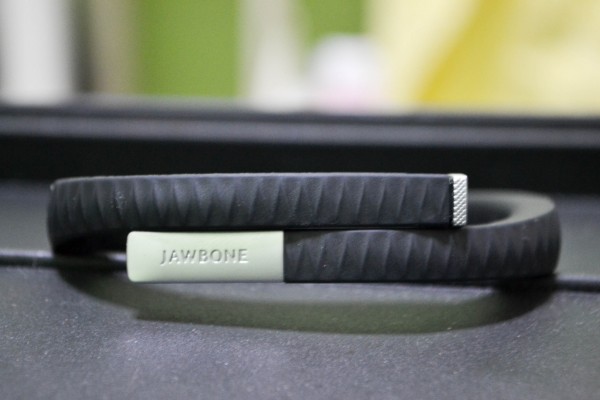
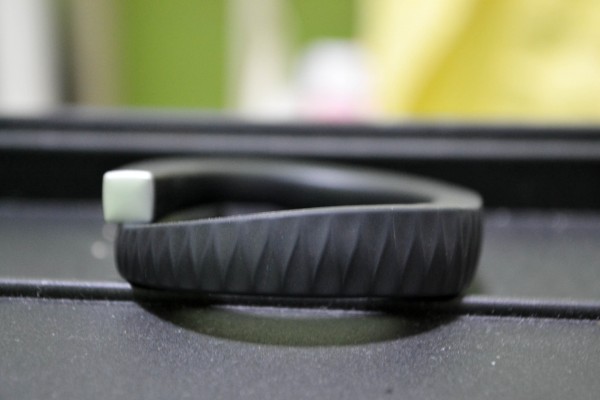
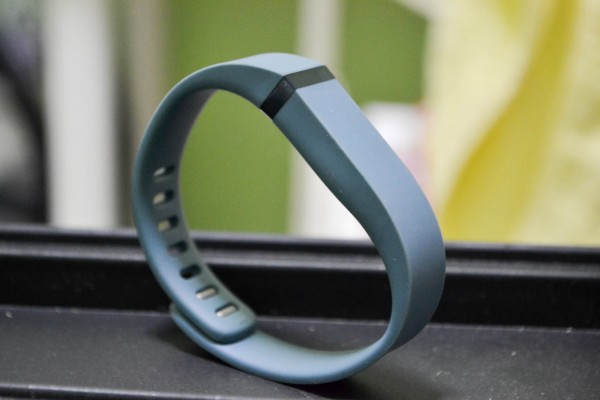
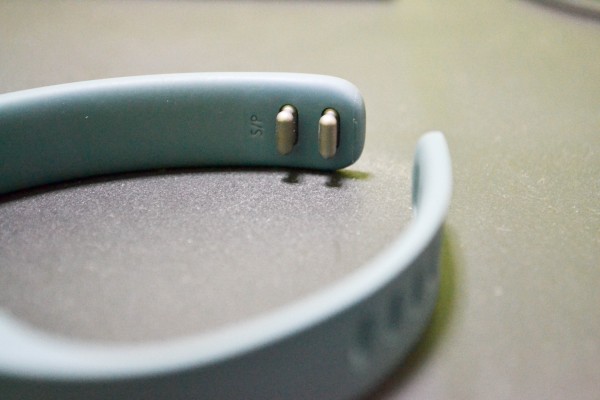
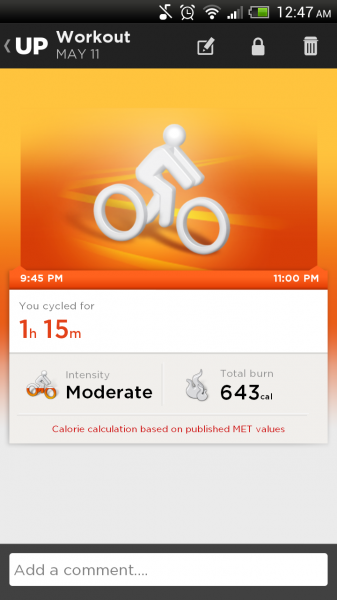
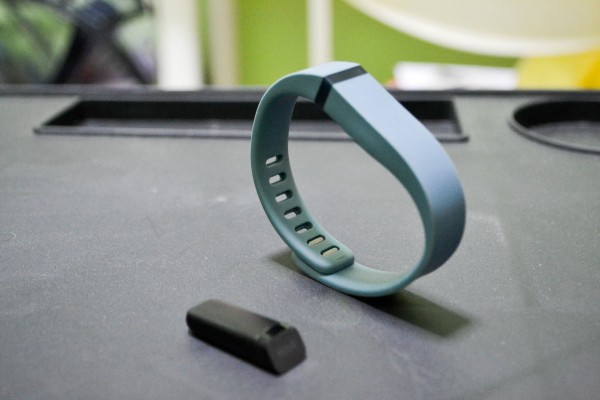
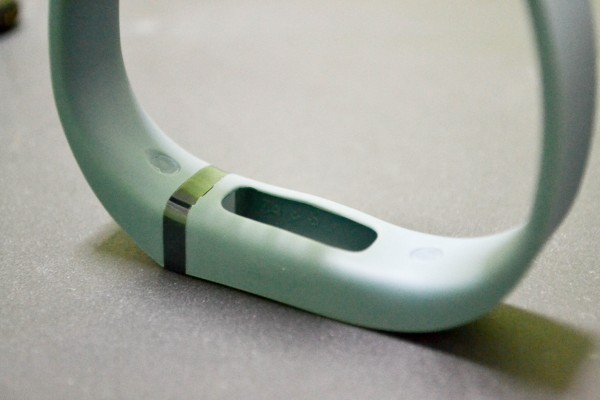
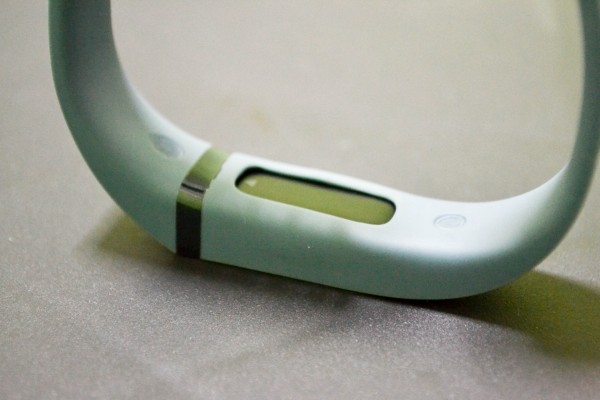
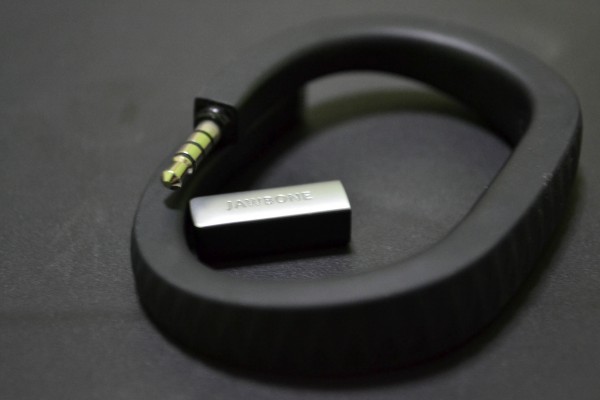
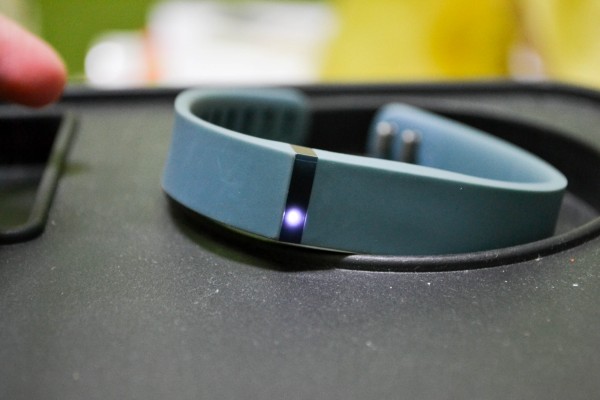
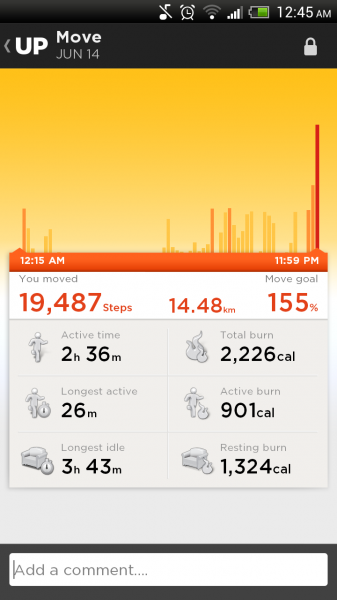
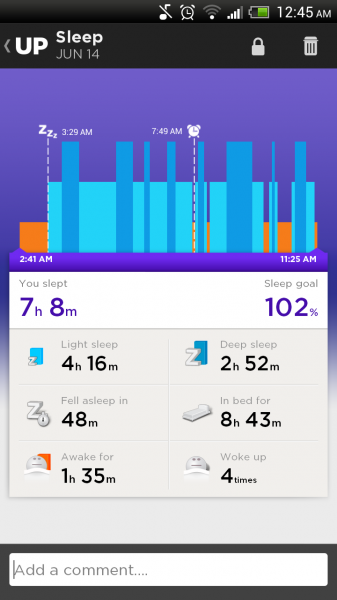
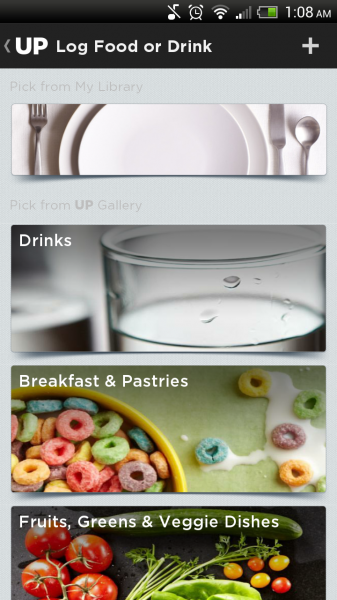
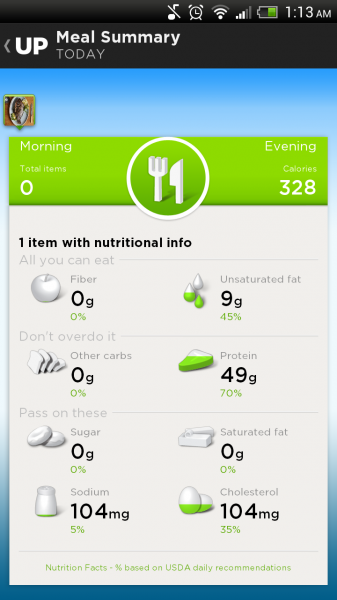
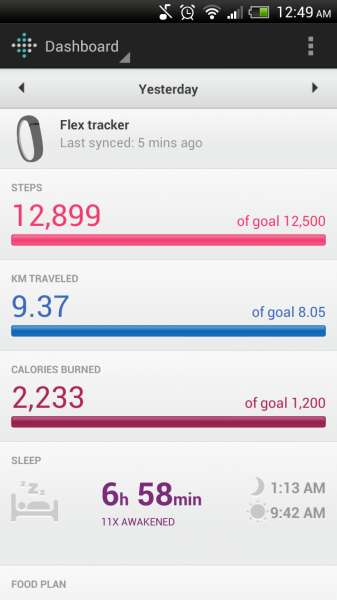
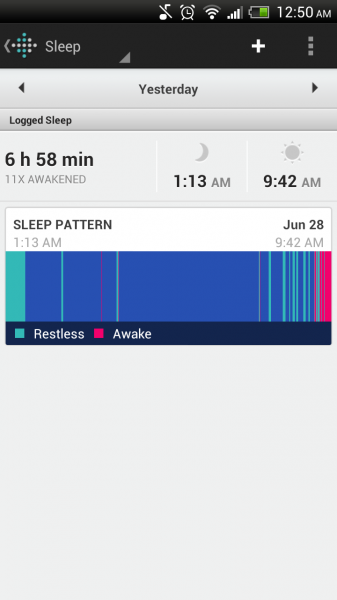
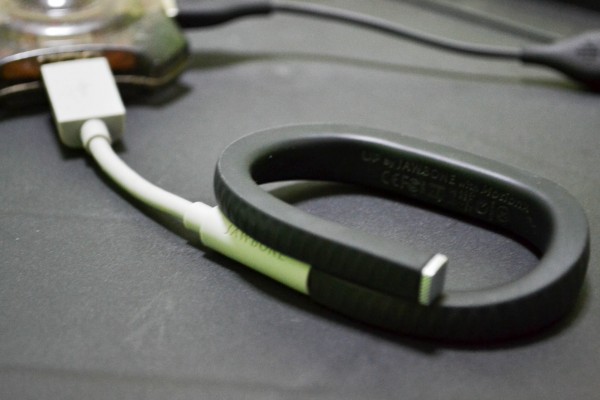
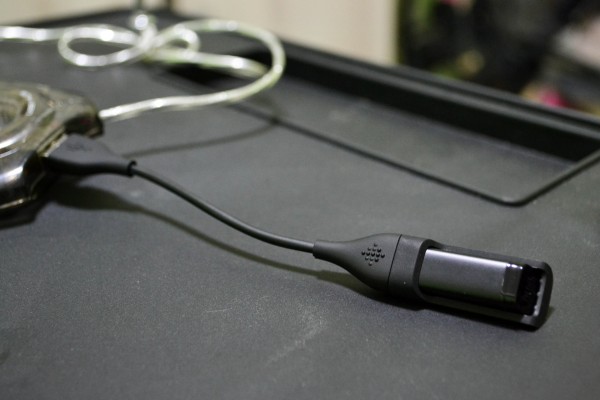
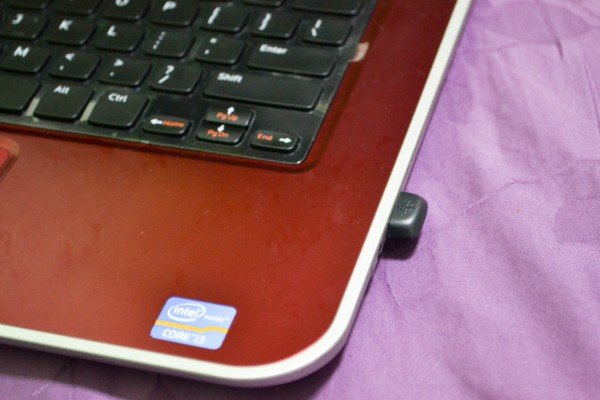
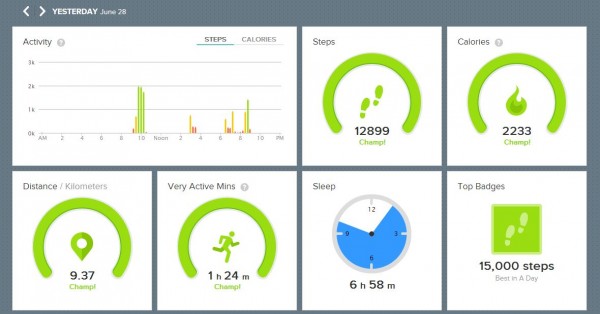
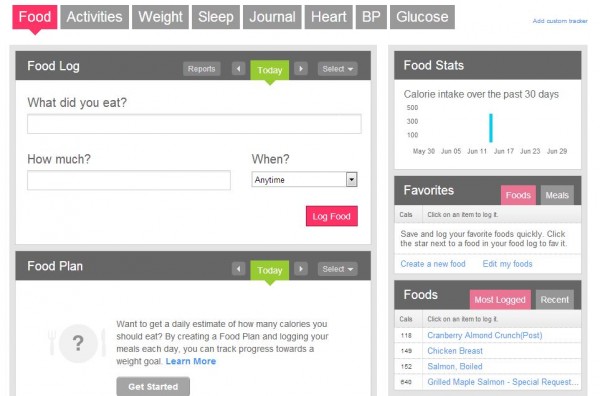
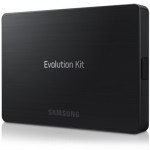






Test
Thank you for the wonderful review! I will use this to help pick out a gift for my mother. I am very confident now in my decision.
I agree with this review in principle, however one thing which you have failed to mention is the atrocious quality control Jawbone have with their UP band.
I owned an UP band before and it had severe battery problems I.e. the battery would die in 6 hours which was contrary to it’s supposed 10 day battery life.
Searching this problem via google brings up so many horror stories people have with their UP band where some have had it replaced 4-5 times.
Fixing this problem would make the UP band the undisputed champion in activity trackers.
Yet until then I would urge caution.
Great comparison of the two devices. I still prefer the Nike Fuelband to both of them however.
Compare all three at the following link.
http://www.canadiancorner.ca/topic/541-comparison-fitbit-flex-vs-nike-fuelband-vs-jawbone-up/
With regards to the Comfort category, Jawbone Up come in three sizes – small, medium and large. The packaging also has “fitter” which let you try which size fit you better.
Hi Clark, thanks for pointing that out. The article has been updated. We are sorry for the error.